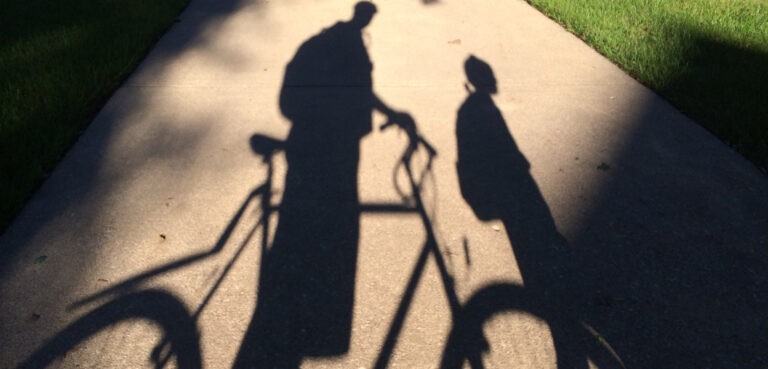The One Thing You Need to Have to Be a Best Place to Live
Hint: The answer is really the question.

The ‘why’ question is one we get pretty often when we put out a ranking – whether it’s one of our monthly Top 10 lists or our annual Top 100 Best Places to Live. I think the answer can be found in a discussion I had on NPR’s On Point with Tom Ashbrook. It’s all about the conversation.
I’m not talking about the bragging rights conversation, although that’s certainly a fun one. I think we all have a bit of a competitive streak, and if your town makes a list but your friend’s doesn’t … well, you can imagine some good-natured Facebook posts.
Rather, I’m talking about the conversation around what makes a great place to live, what doesn’t, how we define that, how we measure it, and how cities, neighborhoods and blocks can improve their livability.
Several callers asked why their particular cities didn’t make our list or the lists from Outside magazine, which was represented on the show by Associate Editor Jonah Ogles. We like to hear people filled with pride in the places they live. You should, as they say, love where you live. I like to think that the conversation can unfold along the lines of, “our city didn’t make the list. Is there something that we as citizens or we as leaders can do to improve it.†The answer is always yes. It just helps to ask the question.
Take Portland, Ore., for example. It’s a perennial high-ranker on Best Places to Live lists (including our list of best big cities). The city has focused on “livability†since the 1970s, one of the earliest cities to use the concept in its planning. The efforts have clearly paid off. It takes work, and it takes focus. It also takes conversation.
One caller expressed concern that some African Americans are falling behind in our number one city, Madison, Wisc. How can a city be a great place if some of its residents aren’t taking part in its success? That’s a great question, and one I think cities of all sizes are struggling with. It’s the other side of the argument from what we hear when we say some place with a much higher cost of living, such as Palo Alto, makes our lists. How can it be a great place if not everyone can afford to live there?
These questions aren’t specific to any one city, and these issues shouldn’t preclude a city from making a list like ours. The best places to live aren’t necessarily perfect today. No city is. The best places to live are the ones that are always evolving toward tomorrow. That takes conversation.
In Madison’s case, I don’t know all the issues, but I can say I spent the better part of the day with Mayor Soglin, and also had several talks with him leading up to the release of the list. He walked me through the nitty-gritty Census data, argued some theories and talked about plans. I can’t tell you how many times he used the word equity. He could have spent the time lobbying me about what makes his city great, but instead he focused on its problems and how he wants to address them. He’s fully engaged in the conversation, and I hope the rest of Madison joins him in the dialog.
Finally, I want to address one point made by our third panelist, the Washington Post‘s Emily Badger. She says no one has ever used one of these lists to decide where to live. There are a lot of personal preferences that go into choosing where to live, after all. That’s very true. No list can quantify the importance of being near friends, family or social networks, for instance.
No one should move to Madison or Duluth just because a list said it’s a great place. But these lists can recognize the qualities that make a city great. They can, over time, impact the reputation of a city. You might hear of a great job opening in Madison or consider going to the University of Wisconsin, and rather than dismiss it you think, “Hey, I’ve heard good things about Madison. Let me do some more research.â€
I just moved. And while, no, not even I picked up and moved to our top ranking city – there aren’t even any Illinois cities in the Top 100 – I will say this. Doing the research for this list made my family reconsider our original destination. We wound up in an older suburb that’s more compact. We wound up somewhere that the geography encourages us to get to know our awesome neighbors. We wound up somewhere that means we can walk to schools, pools, parks, libraries, shops and restaurants. My kids are now disappointed when we have to drive somewhere for an errand instead of walking.
Our new village has worked hard for generations to be a great place to live and continues its work to this day. Even if it doesn’t make Livability’s list, it can still make mine. Or yours.
We couldn’t be happier, but we wouldn’t be here if we hadn’t had the conversation in my family, and the village hadn’t had it with all of their families and the families who came before them.
On the radio, we only had an hour, but I could talk about this all day, and I hope you’ll join us in the conversation.
